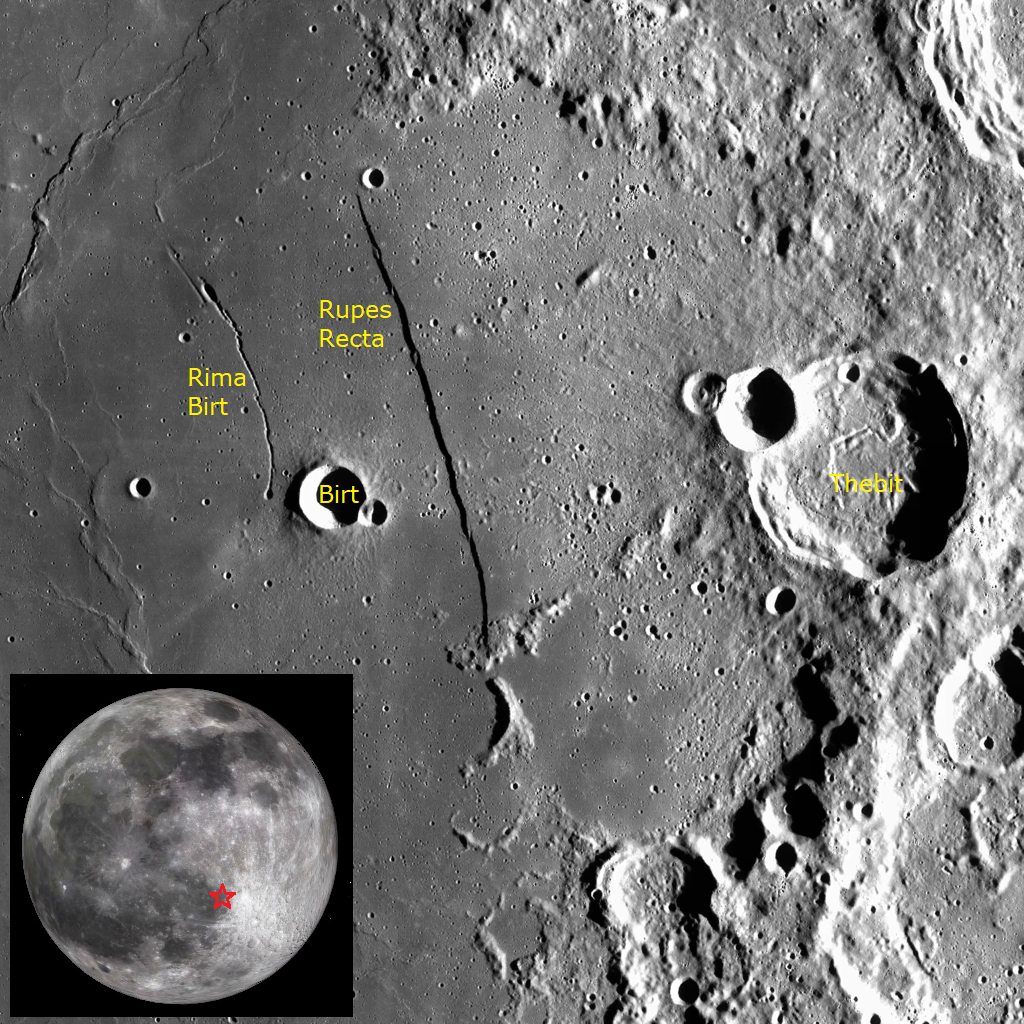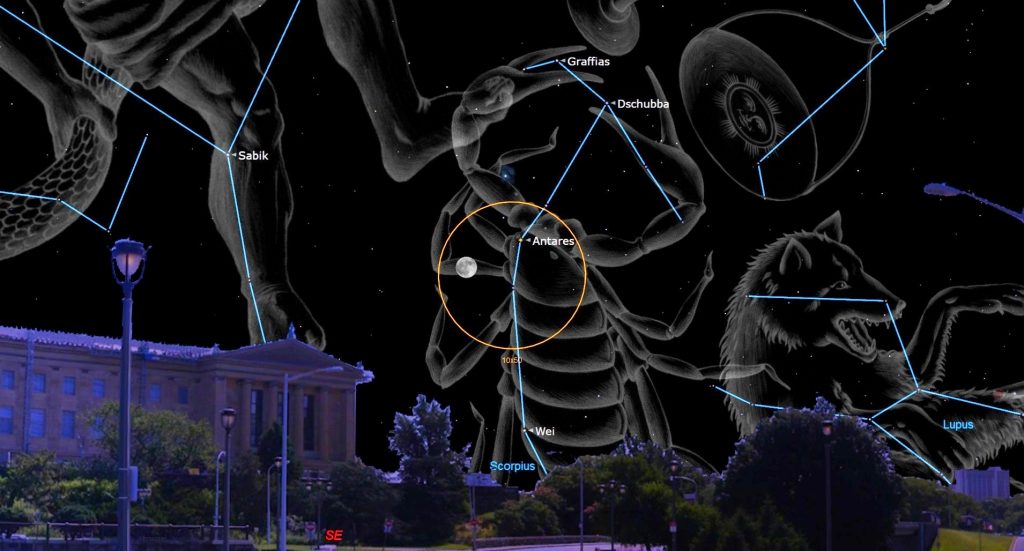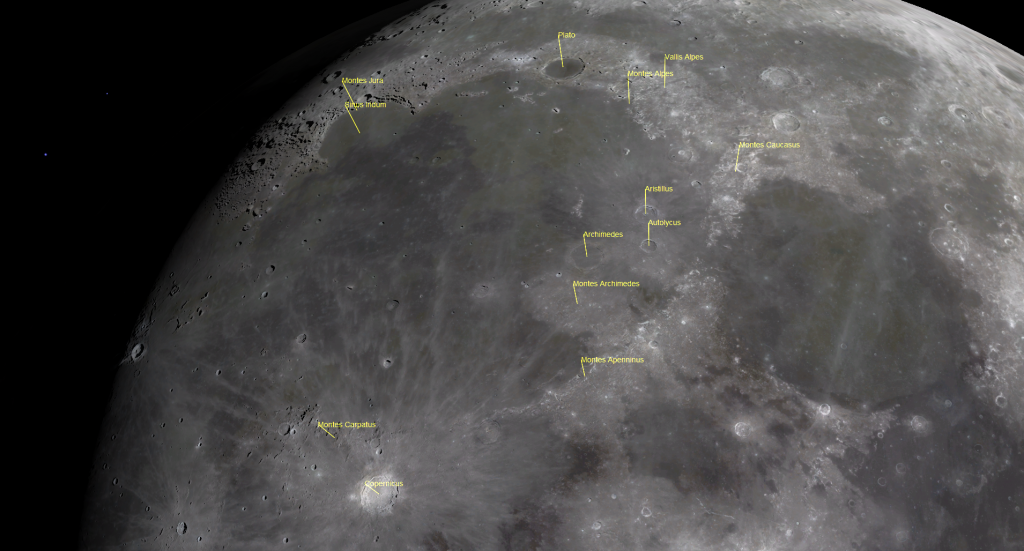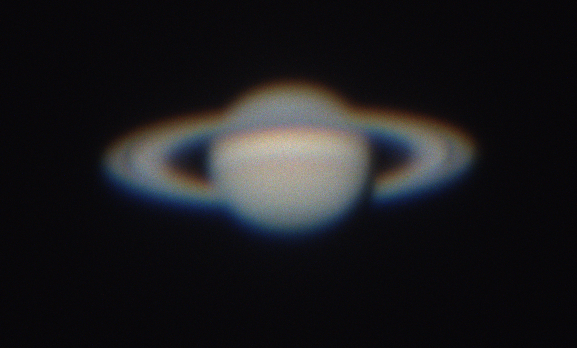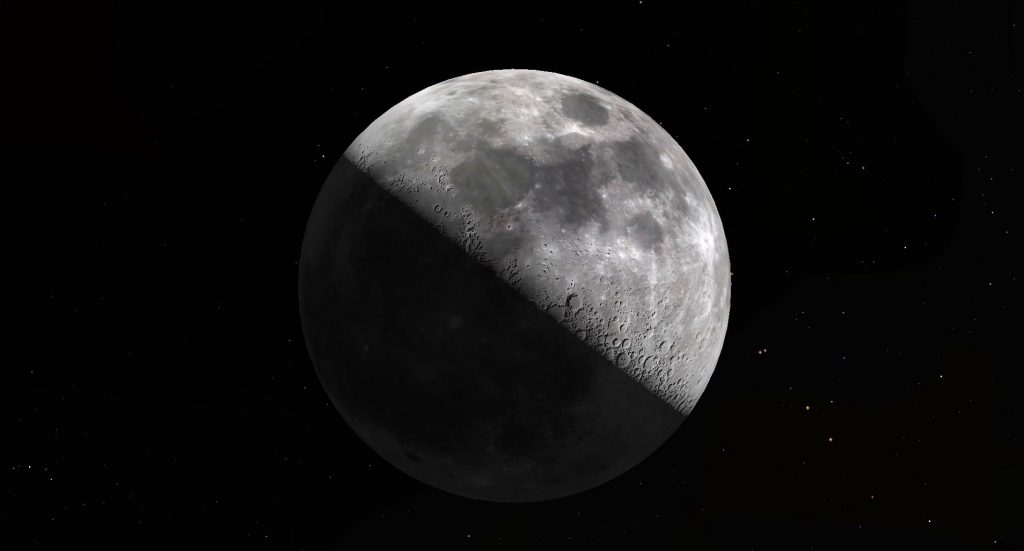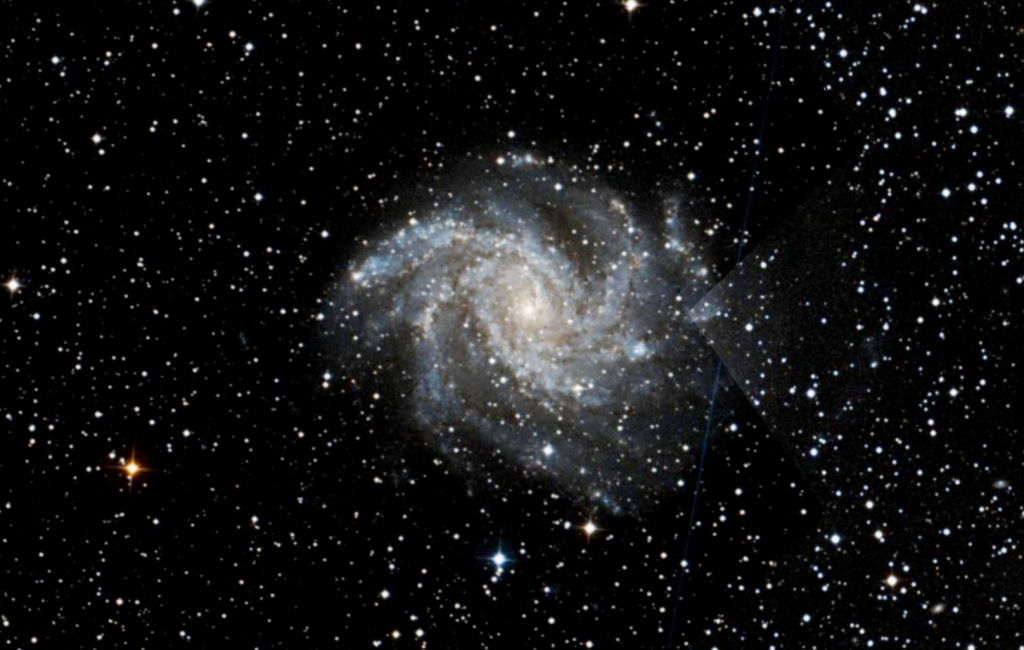Shadows Join Jupiter, Reading the Rings, Diminishing Meteors, a Mounting Moon Sips Earth’s Shadow, and Venus Gleams at Dawn!
This image of the Lunar Straight Wall or Rupes Recta in Mare Nubium was captured by the Lunar Reconnaissance Orbiter. While the feature can be seen through binoculars, a backyard telescope will reveal more detail. (Adapted from NASA LRO) Hello, October Stargazers! Here are your Astronomy Skylights for the week of October 22nd, 2023 by…
Read more
